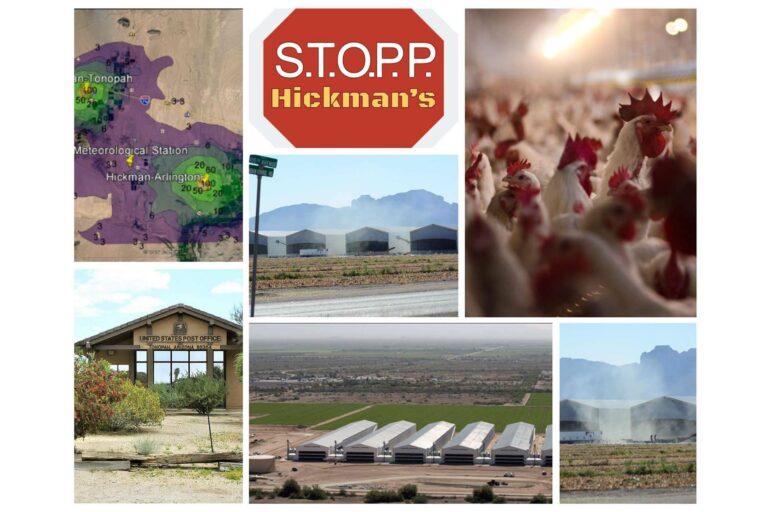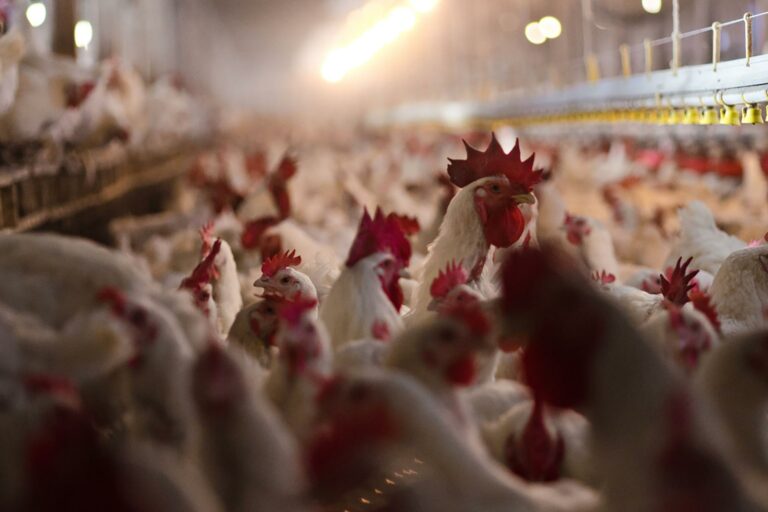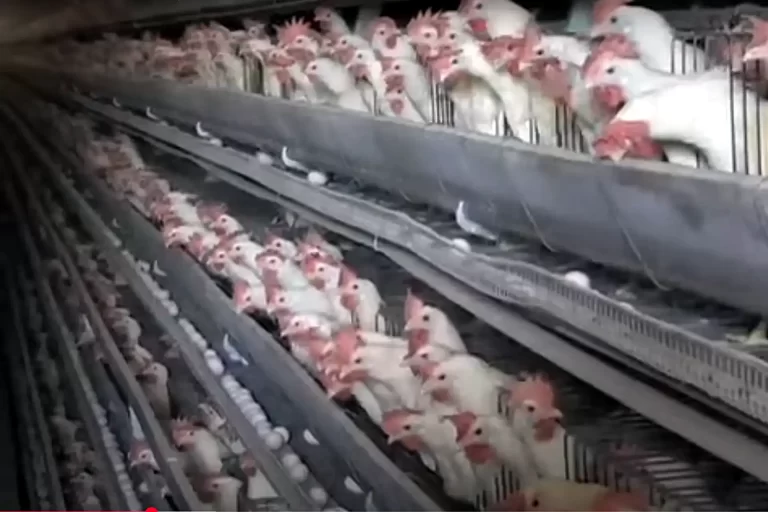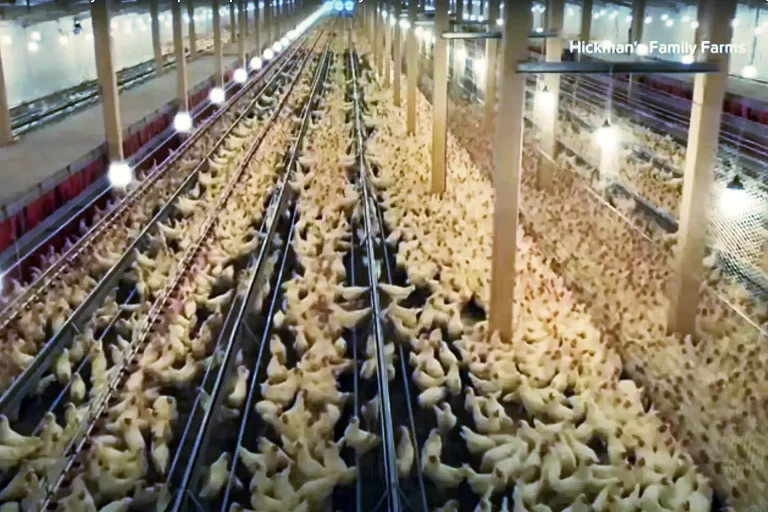
Summary
Arizona’s Hickman’s Family Farms, a major U.S. egg producer, finds itself in the midst of a multi-million dollar lawsuit, accused of polluting the air with hazardous chemicals while refusing to take responsibility for the consequences.
Residents living near two of Hickman’s ranches, located in Tonopah and Arlington in the Far West Valley, claim they are suffering due to an overwhelming stench that’s making them sick. The heart of the matter is ammonia pollution, a byproduct of the farm’s massive egg production and chicken waste.
With over 4 million hens, Hickman’s Family Farms generates significant amounts of ammonia, which residents allege is being released into the environment without proper reporting.
Environmental activists have taken the case to Federal court, asserting that Hickman’s violated Federal laws by not disclosing potentially dangerous levels of ammonia to the surrounding community and emergency agencies. They are seeking a staggering $264 million in penalties.
Residents, like Tonopah local Carolyn Burton, describe the smell as so intense that it can be detected miles away from the farm. Burton experiences symptoms like throat irritation, coughing, a runny nose, and watery eyes upon exposure.
Billy Hickman, Vice President of Operations for the farm, argued in defense of his family’s business. He attributed the odor to nearby dairy farms and claimed ignorance regarding whether their ammonia was polluting the air. While acknowledging that the farm produces around 1,000 lbs of ammonia daily, Hickman stated he was unsure of its impact because their monitoring system had not detected high ammonia levels.
Environmentalists and residents are adamant that Hickman’s should be held accountable, both financially and through improved monitoring and reporting practices. However, Judge Murray Snow acknowledged that imposing a $264 million fine could potentially bankrupt the farm and indicated that any penalty imposed would be significantly lower.
As this lawsuit unfolds, it underscores the critical importance of environmental responsibility in large-scale agricultural operations and the need to protect the well-being of neighboring communities. Stay tuned for updates on this ongoing legal battle.




